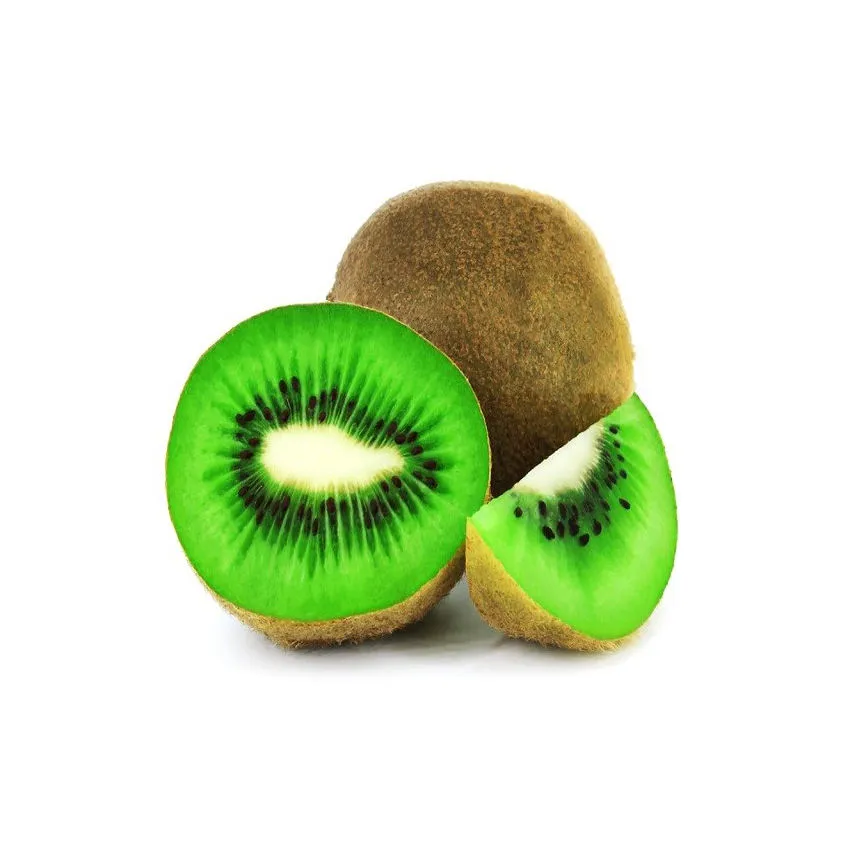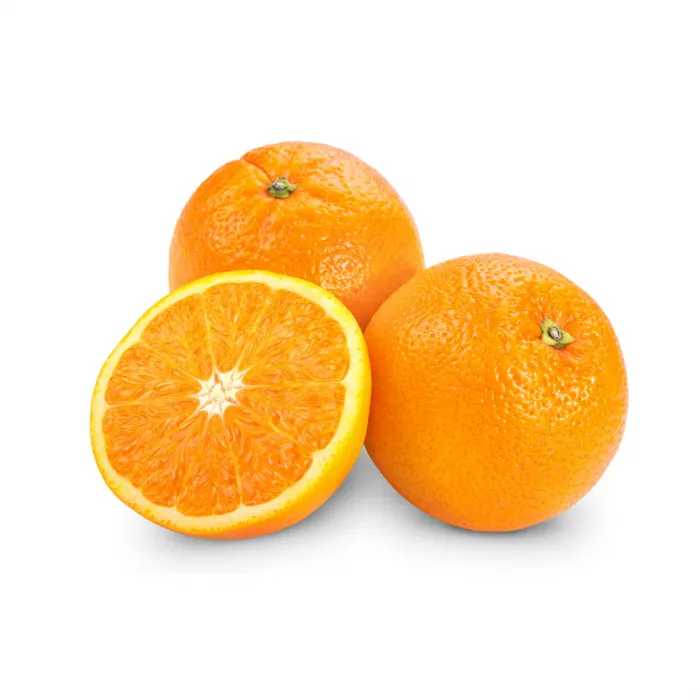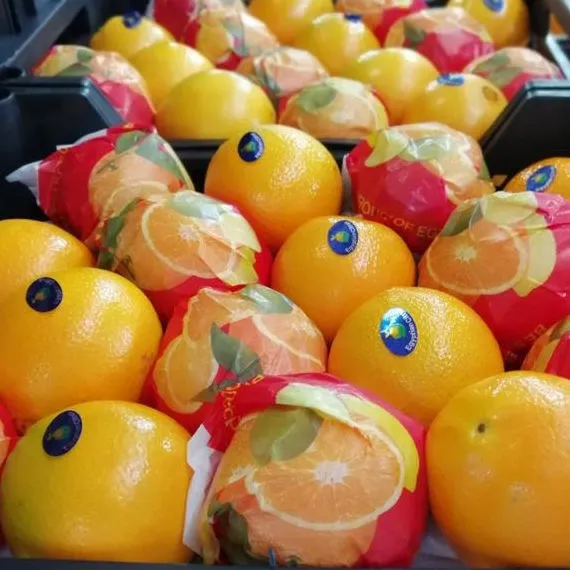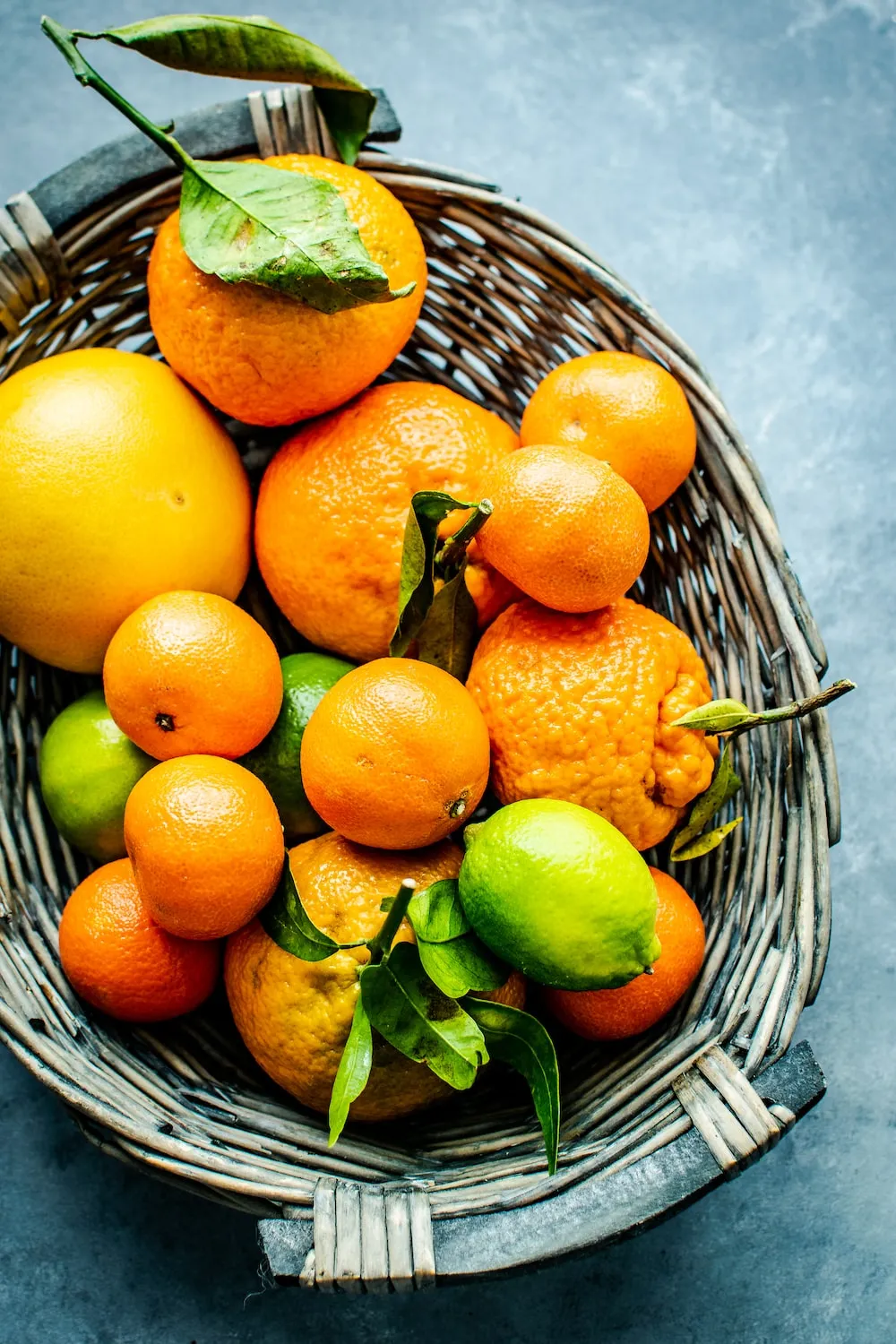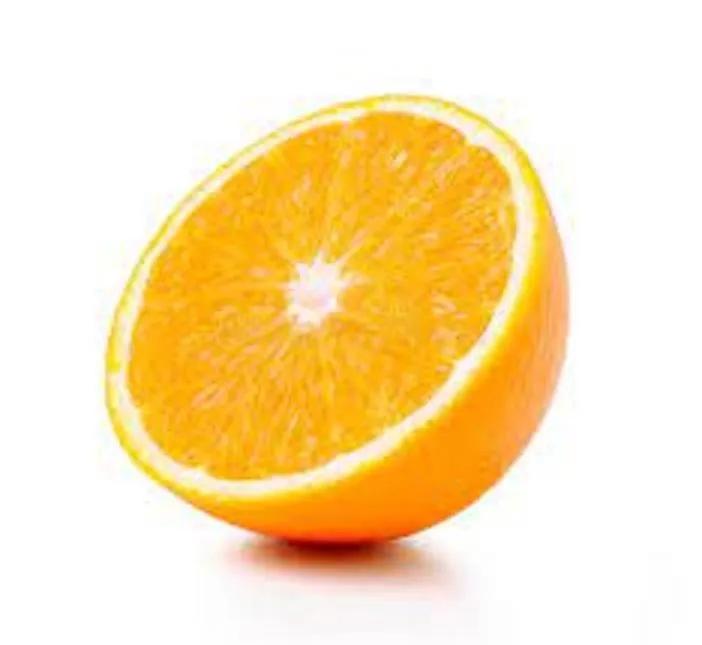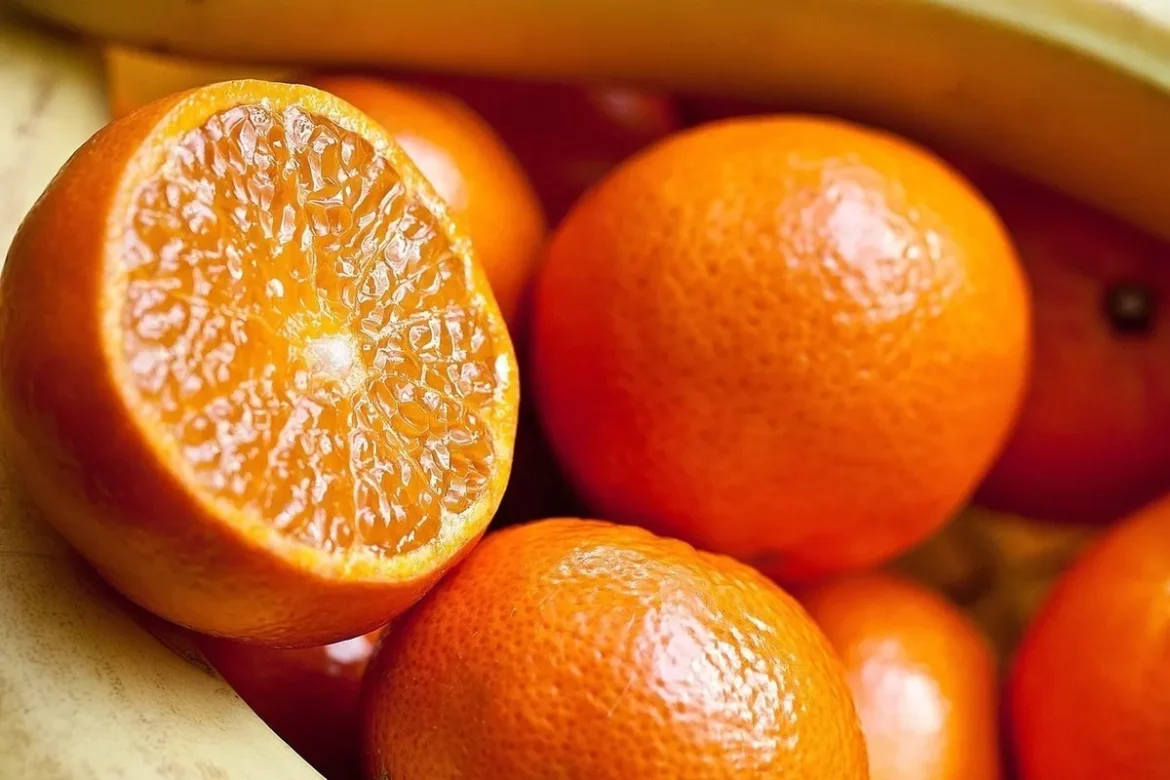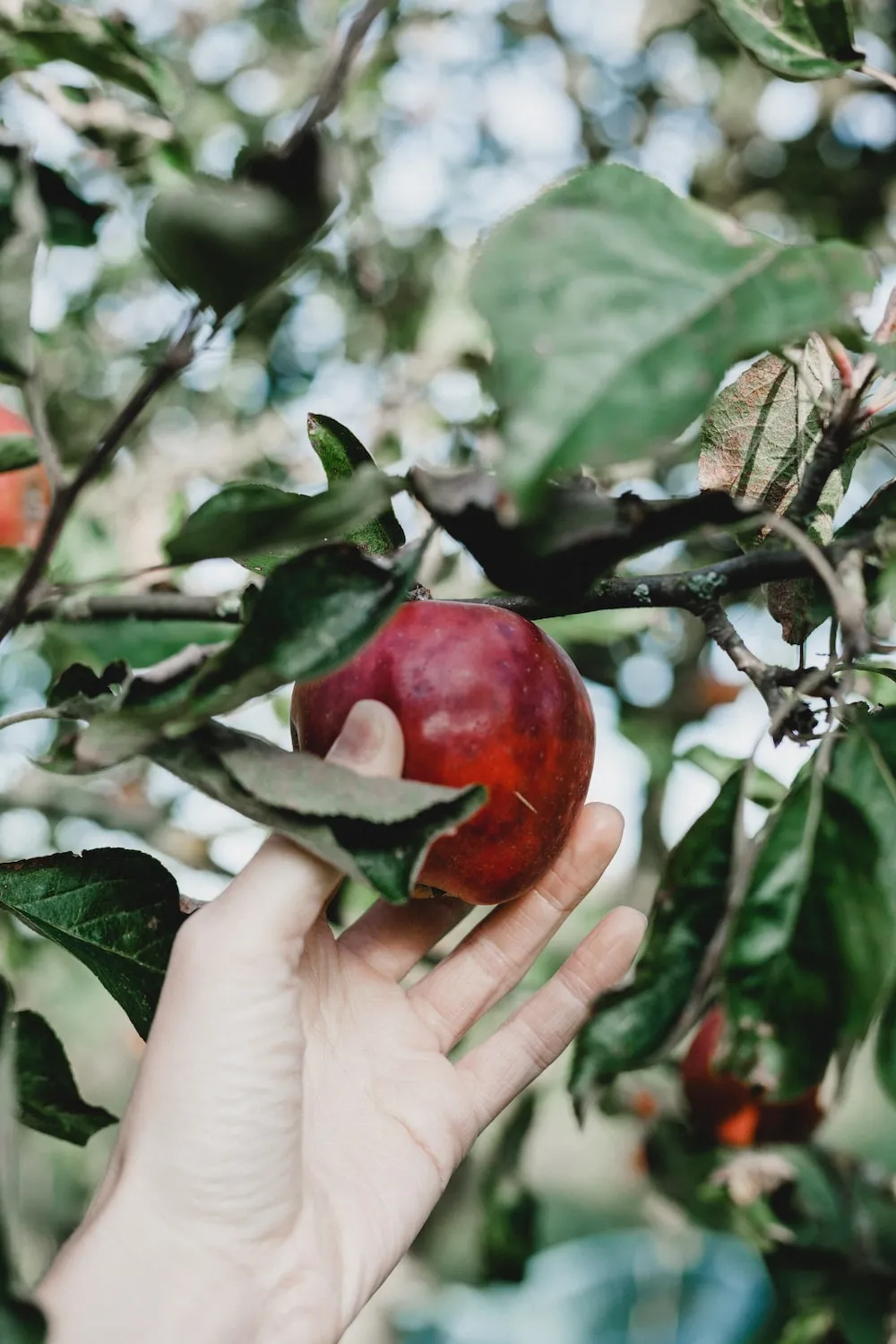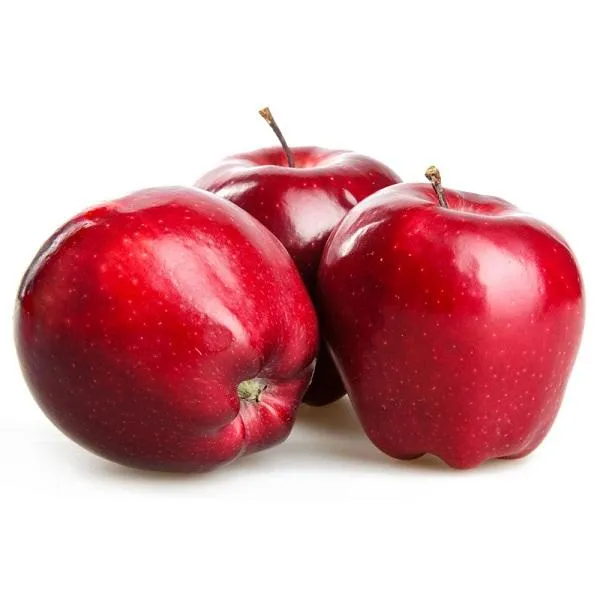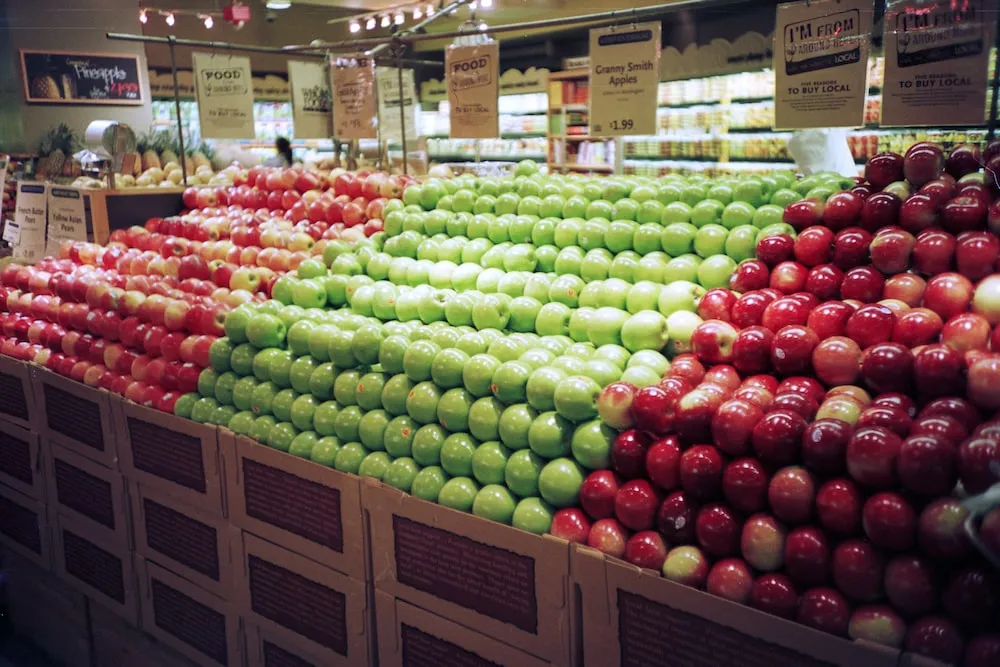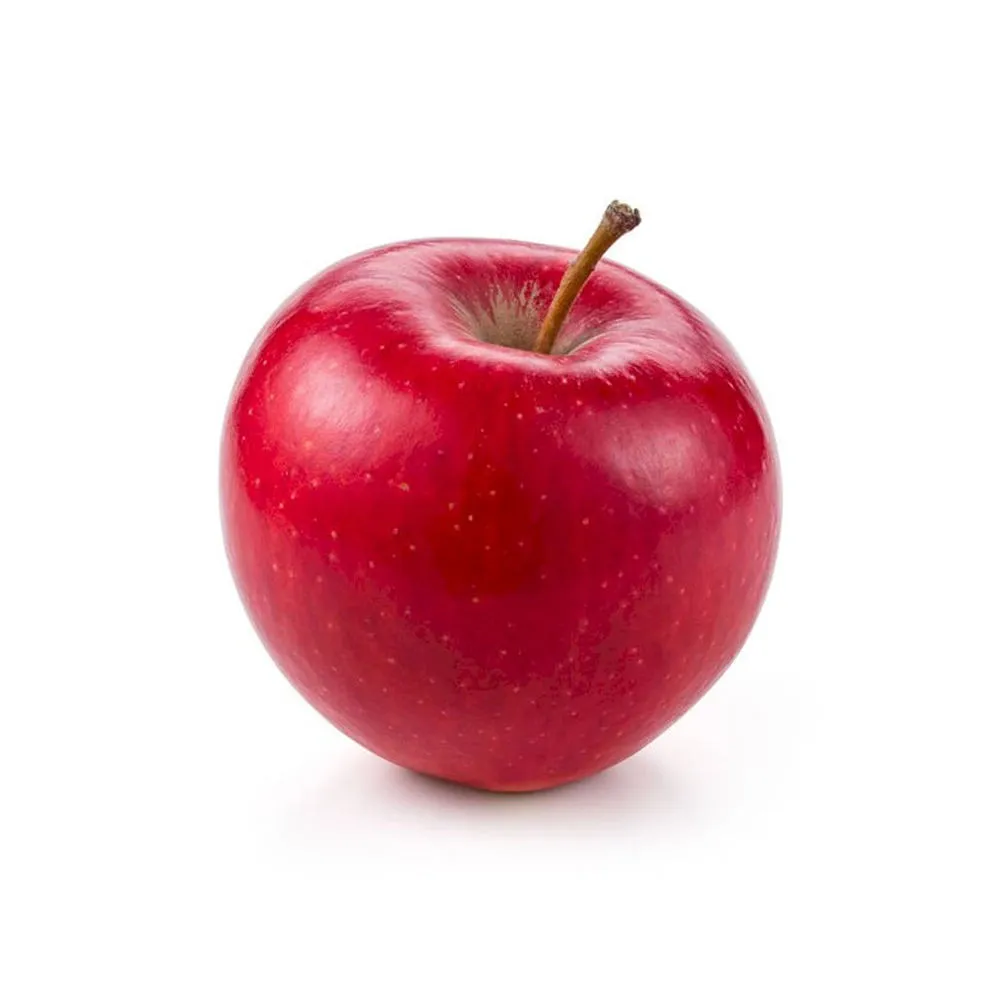Kiwi fruit, beloved for its unique flavor and vibrant green flesh, has become a favorite among fruit enthusiasts worldwide. While the well-known green kiwi with its fuzzy brown exterior is the most recognizable type, there are actually several varieties of this delicious fruit. Each type possesses its own distinct characteristics, including variations in taste, texture, and appearance. In this article, we will explore some of the most popular kiwi fruit types, highlighting their unique qualities and providing insight into what makes them truly special.
1. Green Kiwi
The green kiwi, also known as Actinidia deliciosa, is the most widely consumed and well-known kiwi fruit type. With its oval shape and fuzzy brown skin, the green kiwi is instantly recognizable. Once the fuzzy skin is removed, the vibrant green flesh reveals itself, speckled with tiny, edible black seeds. Green kiwis have a sweet yet tangy flavor, often described as a mix between strawberries, bananas, and melons. Their juicy flesh is tender and refreshing, making them a delightful addition to fruit salads or simply enjoyed on their own.
2. Golden Kiwi
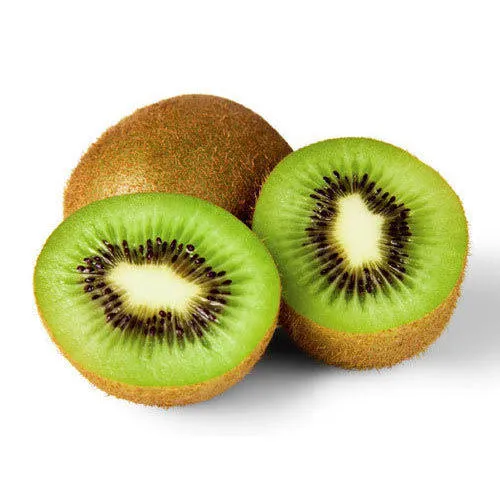
The golden kiwi, scientifically known as Actinidia chinensis, is a close cousin of the green kiwi but with its own unique characteristics. These kiwis have a smooth, golden skin and a bright, yellow flesh that is even sweeter and less tangy than the green variety. The golden kiwi has a tropical flavor profile, reminiscent of a combination of pineapple, mango, and papaya. Its smooth texture and sweetness make it a popular option for desserts, smoothies, and as a garnish in fruit platters, adding a touch of vibrant color to any dish.
3. Red Kiwi
The red kiwi, or Actinidia chinensis ‘Hort16A,’ is a relatively new addition to the kiwi family, developed in New Zealand. These kiwis feature a smooth, hairless, reddish-brown skin and a vibrant red flesh inside. Their taste is sweeter than the green kiwi, with hints of berries and tropical fruits. Red kiwis are known for their velvety texture and delectable sweetness, often used in jams, jellies, and fruit-based desserts. Their unique appearance and rich flavor make them a visually appealing and tasty addition to any fruit platter or dessert table.
4. Baby Kiwi
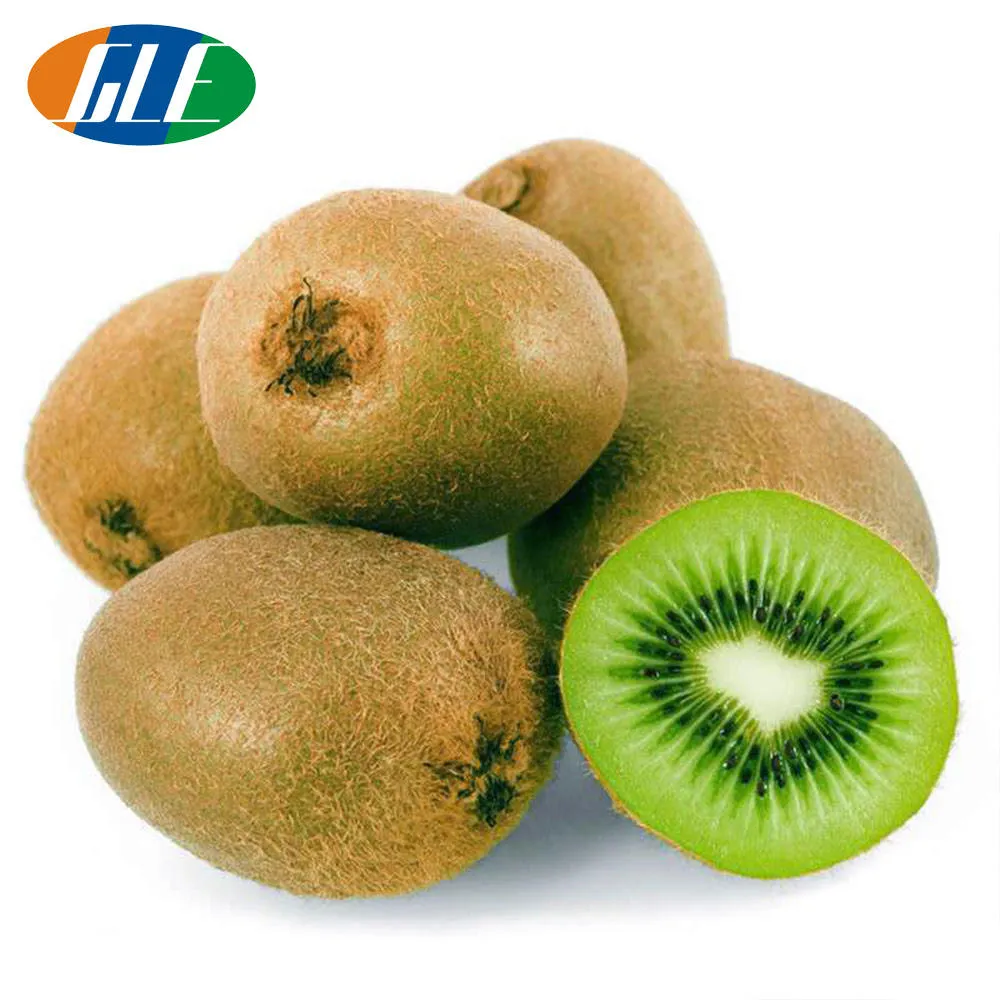
The baby kiwi, also called kiwi berries or kiwiberries, are small, bite-sized kiwi fruits that are even smaller than a typical green kiwi. These miniature kiwis feature a smooth, thin skin that is edible, eliminating the need to peel them. Baby kiwi has a sweet and slightly tangy taste that is similar to the green kiwi, but with a more concentrated flavor. They are often used as a snack, added to salads, or used to enhance the flavor of desserts. With their bite-sized appeal and unique presentation, baby kiwis are a fun and convenient way to enjoy the taste of kiwi.
As we explored the different types of kiwi fruit, we discovered a fascinating array of flavors, textures, and appearances. From the familiar green kiwi to the exotic golden kiwi, and the newer red kiwi to the adorable baby kiwi – each variety offers its own charm and deliciousness. Whether enjoyed on their own, used in recipes, or added to fruit platters, kiwi fruits are a versatile and healthy choice that can elevate any dish. So next time you encounter kiwis in your local grocery store or farmer’s market, why not sample the delightful diversity of kiwi fruit types and embark on a culinary adventure like no other?5. Kiwi Berry (100 words):
Kiwi berries, also known as hardy kiwi or grape kiwi, are a small, grape-sized variety of kiwi fruit. Unlike the traditional kiwi, they have smooth skin, which can be eaten along with the fruit. Kiwi berries have a slightly sweeter taste than their larger counterparts, with a hint of tanginess. They are often enjoyed as a healthy snack, added to fruit salads, or used as a garnish for desserts. Kiwi berries are also rich in vitamins and antioxidants, making them a fantastic choice for those looking to boost their immune system and maintain overall health.
6. Kiwi Fruit Hybrids
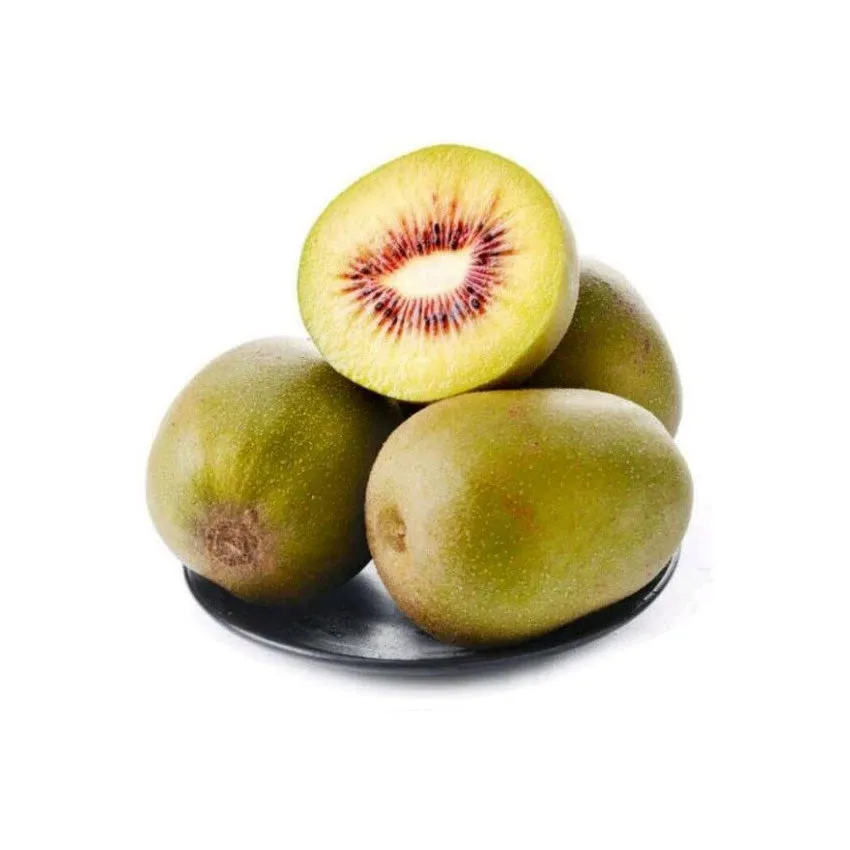
Apart from the individual kiwi fruit types mentioned, there are also hybrid varieties that combine different characteristics. For example, the Kiwi Gold is a cross between the green kiwi and the golden kiwi. It has a smooth skin similar to the golden kiwi, but with a yellow-green flesh reminiscent of its green counterpart. Another exciting hybrid is the Kiwi Berry Lutea, a cross between the kiwi berry and the golden kiwi, offering a distinctive combination of flavors and an appealing appearance. These hybrids continue to expand the range of kiwi fruit types available, catering to diverse tastes and preferences.
7. Kiwi Fruit Nutrition
Regardless of the kiwi fruit type, they are all packed with nutrition. Kiwis are an excellent source of vitamin C, containing even higher amounts than oranges. They are also rich in fiber, aiding in digestion and promoting a healthy gut. Kiwis contain antioxidants, including vitamin E and polyphenols, which contribute to overall wellness and may have anti-inflammatory properties. Additionally, they are low in calories and have a low glycemic index, making them suitable for those watching their weight or managing their blood sugar levels. Including kiwi fruits in your diet is a wonderful way to reap these nutritional benefits.
The world of kiwi fruit offers a delightful range of options, each with its distinct flavors, textures, and appearances. From the classic green kiwi to the golden, red, baby kiwi, kiwi berries, and hybrid types, there is a kiwi fruit to suit every taste and occasion. Whether you prefer the tanginess of the green kiwi or the tropical sweetness of the golden variety, these fruits provide a burst of flavor and are a nutritious addition to any diet. So, take a leap into the wonderful world of kiwi fruit types, and let your taste buds savor the diverse and vibrant flavors they have to offer.
